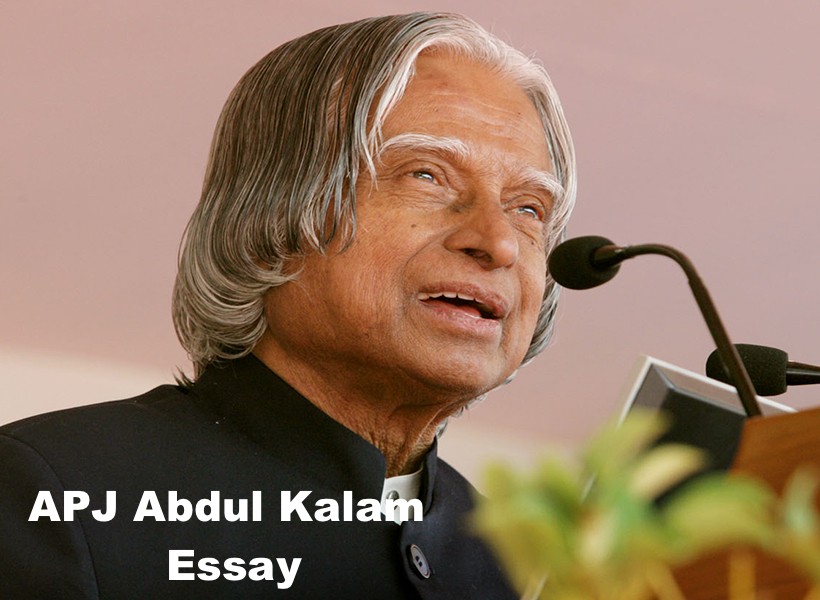Hello Friend This is special category for our small reader who study in school. If they looking for english essay for their school homework or any kind of english essay article then this special category might help you all guyz. in this article we will share Water Management Essay in English for all class children and student . Initially we have published 600 word and 1000 word article for Water Management.

Essay on Water Management in english
‘water is a renewable resource, however, due to improper re-cycling and wasteful use, it has become a scarce resource in many parts of the country. Water conservation encompasses the policies, strategies and activities to manage fresh water as a sustainable resource, to protect the water level and quality so as to meet current and future demand. Population, household size and affluence affect how much water is used.
Variation in seasonal and annual rainfall, over-exploitation, excessive use and unequal access to water among different social groups stress on the need of water conservation in India. There is a plethora of water conservation in the country. The primary method is building dams. Our ancient texts and epics give a good insight into water storage and water conservation.
We are continuing this tradition by constructing dams on most of our rivers. Initially dams were built to just store the rainwater and later use it for irrigation, but now these dams solve many problems and help in flood control, soil conservation, generation of hydro-electric power etc. This is the reason why Jawahar Lal Nehru proudly proclaimed these multi-purpose projects or dams as temples of modern India’. India is home to many dams like Bhakra Nangal dam on river Sutlej, Narmada Valley on river Narmada etc. Another way of water conservation is rain water harvesting. Water harvesting is considered the best method to save water because it is cheap, environment friendly and can be easily practised by individuals. Traditional rain water harvesting techniques in the country are roof water harvesting, building of artificial wells etc. This harvested water is used for many purposes like watering plants, irrigation, washing clothes etc.
Another very significant step that the authorities take to conserve and manage water is to treat water and recycle it. As water pollution and contamination are high due to dumping of industrial waste into water bodies and people bathing, washing clothes, etc in rivers. it has become essential to scientifically clean water to make it fit for drinking and other purposes.
Chemical processes like fluoridation, chlorination etc are adopted to chemically treat water. It is estimated that water-borne diseases cause lakhs of deaths each year. Hence people are also encouraged to purify water domestically by boiling and installing water cleaning devices at home.
Water conservation is very important considering the rate at which it is used. We should not rely on authorities every time for the same but as responsible citizens, we should also do our part by roof top rainwater harvesting and minimising the wastage of water. Some other simple steps could be to use buckets in place of shower for bathing, closing taps when not in use, avoid or stop throwing away water unnecessarily etc. These seemingly little but immensely significant steps will not only help the present generation but generations to come.
Essay on water management in english
The problem in India (may be in almost every country) is that land features change every few kilometres and, therefore, there can be no uniform or standing national water policy which can be put into practice properly unless it takes into account the elaborate terrestrial conditions of the terrain in its diversity which is too large and whopping. Then we have local variation depending on soil crops sown and the mode of irrigation. The result is that whereas there may be an acute paucity of water in one area another one, not quite far away, may be suffering from the acute problem of water logging.
In certain states, as during the Greer Revolution in Punjab, the underground water has been tapped to criminal excess, thus lowering the level to an alarming extent.
This local variation can be gauged from the situation prevailing in Punjab and Haryana. In Punjab, whereas in several areas there is scarcity of water, in the districts of Ferozepur and Bhatinda there is _the problem of water-logging and water there is brackish and unfit for human consumption.
In Haryana most of southern and central districts have light, loamy soils. Such soils have a higher capacity for water retention. The result is rising water tables, poor drainage, water-logging and high soil salinity. The reverse is the case in the northern districts. In these districts, the soil is heavier. Such a soil cannot retain water for long. The result is falling water tables and soil-compacting.
Unfortunately India’s water policy at state, national and international level has all along been defective. India doled out 85 crores of rupees to Pakistan long long ago for the sole utilisation of water of the Ravi through what was called the Indus Water Treaty. The present value of 85 crores “donated” to Pakistan by Nehru now comes to billions of rupees. But, India has all along failed to make a proper utilisation of the Ravi water, thanks to the water dispute between the Punjab and Haryana mainly and the precious water worth billions, may be trillions of rupees, has flowed down unprofitably through the Ravi Channel into the Arabian Sea.
The water disputes between states such as between Punjab and Haryana and Karnataka and Tamil Nadu, thanks to the lack of fore sight of the hind-eyed politicians, have played havoc and caused untold and immense misery to the common people and incurred heavy losses to the country as a whole.
Now, it is possible to have precise data concerning surface and underground water resources, vegetation and soil through satellite mapping and the government and the people can have, through a joint effort, a more comprehensive water policy for the benefit of all. There are certain steps which can easily be taken.
For example-
1. Roof top water can be tapped during the rainy season. The Union Minister for Urban Development, indicated sometime back that the roof-top water harvesting would be incorporated in building by-laws.
2. It is reported that the Human Settlement Technology for the conservation of rainwater has been finalised by the Indian Institute of Technology.
3. The farmers may be asked to change the cropping pattern by giving more emphasis on crops like sunflower which require less water.
4. Many of the tube-wells in certain areas are built in wells which lie at the field level. During the rainy season, often much of the water just goes down the drain. The farmers build temporary walls around the tube-wells to prevent the water from flooding the wells which are sometimes covered. The farmers can be asked to keep the wells uncovered and unwalled during the rainy season to let the rain water flow freely into their wells. This can raise the water table of ground water to some extent.
5. Sometime back, it was suggested by a retired chief engineer from a state that deep bores at certain places should be made into the soil during the rainy season to let the freely-flowing rain water seep into the soil.
6. In areas where water-logging isa problem, channels should be built to carry water to the areas of scarcity. Such channels | Should preferably be covered to prevent the water from evaporating..
7. In certain areas there are rain water rivulets and drains as “choes” in district Hoshiarpur in Punjab. In the rainy season. these rivulets are flooded while otherwise they are dry. Some underground pipes may be built in such areas to gather and carry the rain water to the areas of paucity for drinking and irrigational water. This is what has been done in the Makkowal villege in Punjab. The news paper report is worth- mentioning in detail:
“A case to the point is Makkowal village, in Bunga block, 30 Km from Hoshiarpur. Before 1984, there was just one well, 100 metres deep, which used to cater to some of the requirements of the villagers. Fetching water was a full-time chore and “water fights” were frequent.
Then a dam was built in 1985by the Soil and Water Conservation and Waste Land Development Department, Punjab. The water flowing in a perennial choe, near the village, was tapped and taken through the underground pipeline. System by gravitational flow and collected in a tank from where it was taken to the fields through a network of conveyance system.”Earlier, there used to be scarcity of drinking water and the area was susceptible to crop failures also. Today, water is in abundance here,” says the Chief Conservator of Soils, Punjab.
The dam was so successful that the government replicated it at 30 more places, at a cost of Rs 6 crore thereby irrigating 6,000 acres. Such dams came to be known as “Makkowal-type” dams.
Report or no report, the important point to be noted is the people’s participation along with high, responsible officials innovation and initiative in bringing out new scheme in such matters. Managing the diabolical rivulets by virtually controlling and harnessing them to the people’s advantage cannot but be appreciated. Let us hope more such schemes and that all over the country.
There are certain regions in our country where traditional techniques are no longer viable. Such are mostly the coastal zones and arid areas. In such cases, solar and wind energy can be brought _into use profitably and inexpensively and that in an extremely convenient way. The method can be used, besides for extraction of ground water, for desalination of water for drinking purposes.
It is succinctly clear that unless the people wake up from their slumber at local level and the government rises to the occasion to take decision and firm steps right from now for arrangement of drinking water for all, keeping in view the alarmingly rising population, the situation is too grim to be visualised quickly. The future stares us in the face.
A terrible water famine is imminent and to prevent it from becoming a reality, we, all concerned, shall have to take bold steps. Alas! even more than sixty years after independence, we have had no national or practicable water policy and we are still overwhelmingly dependent on the monsoon. The food bowls of the country, Punjab and Haryana are heading for changing into deserts within the next three decades and we can ill-afford to ignore this fact. The net result of it is ultimately to be not only river water shortage, but consequential food famine, starvation, hunger-and that for millions!
Also Read:
- Essay on My Best Friend
- Reliance Jio Customer Care
- Essay on My School in English
- Essay on Family in English
- First Day at School Essay
- Corruption Essay in English
- Women Empowerment Essay
- Republic Day Essay in English
- Mahatma Gandhi Essay in English
- Essay on Global Warming in English
- APJ Abdul Kalam Essay in English
- Diwali Essay in English for Class





